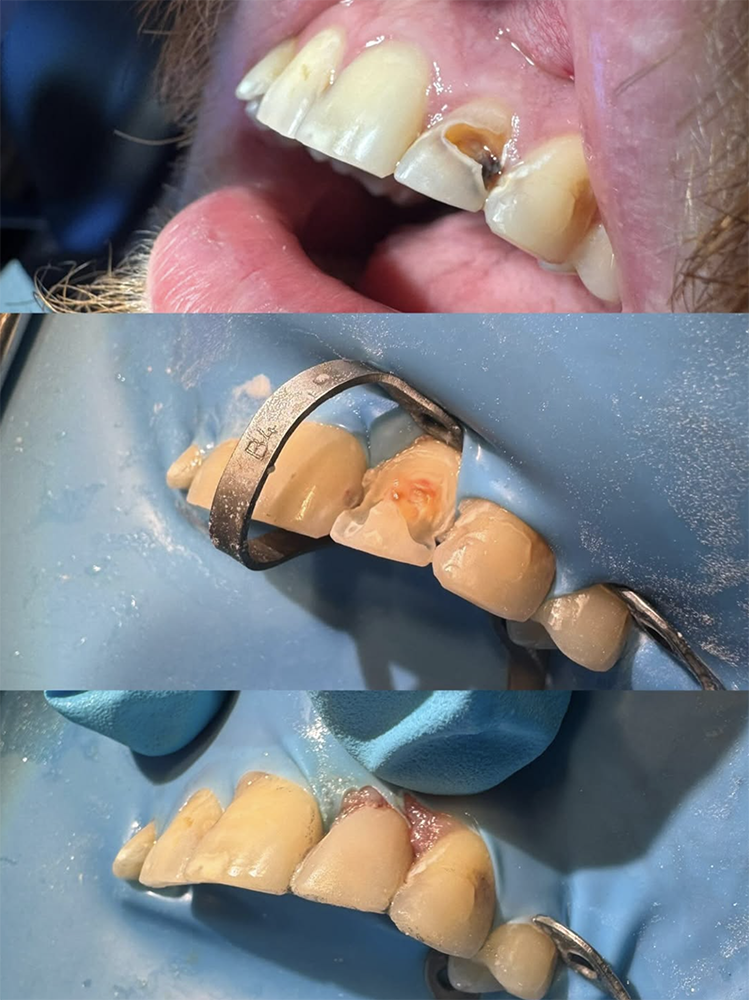
If you’ve ever been told you need a crown, large filling, or root canal, you might assume there’s only one way to restore your tooth. But there’s a newer, more natural approach that’s gaining popularity among dentists and patients alike: biomimetic dentistry.
The term biomimetic comes from “bio” (life) and “mimesis” (imitation), meaning to imitate life. In dentistry, this means restoring teeth so they look, feel, and function just like natural teeth—while preserving as much of your healthy tooth structure as possible.
How Biomimetic Dentistry Differs from Traditional Dentistry
Traditional dental restorations, such as crowns or large amalgam fillings, often require removing healthy tooth structure to make space for the restoration. While these methods can work, they sometimes weaken the tooth over time, making it more prone to fractures or the need for future root canal therapy.
Biomimetic dentistry flips this approach by focusing on:
-
Preservation – Removing only damaged or decayed tooth material.
-
Strength – Using materials that mimic the natural flexibility and durability of enamel and dentin.
-
Longevity – Creating restorations that last longer by reducing stress and preventing cracks.
The Process: Step-by-Step
A biomimetic dental procedure usually involves:
-
Minimal Removal – Only the damaged portion of the tooth is taken out, leaving healthy enamel and dentin intact.
-
Advanced Adhesive Bonding – Modern bonding agents create a strong, airtight seal to keep bacteria out.
-
Layered Restoration – Tooth-colored composite resins are placed in layers to replicate the way natural teeth distribute chewing forces.
-
Natural Appearance – The restoration blends seamlessly with surrounding teeth for a beautiful, lifelike result.
Benefits of Biomimetic Dentistry
Choosing a biomimetic dentist offers several key advantages:
-
Less Invasive – More of your natural tooth is preserved.
-
Fewer Root Canals – Protecting the tooth’s nerve reduces the need for endodontic treatment.
-
Stronger Restorations – Materials are designed to flex and absorb pressure like real teeth.
-
Long-Term Savings – By reducing the risk of fractures or retreatment, you save money and avoid future discomfort.
Is Biomimetic Dentistry Right for You?
Biomimetic techniques can be used for a variety of dental needs, including cavities, cracked teeth, and replacing old fillings. They’re especially useful for patients who want the most conservative treatment possible while still achieving strong, natural-looking results.
If you’ve been told you need a crown, large filling, or even a root canal, it’s worth asking your dentist if biomimetic options are available. Not all dentists are trained in this method, so you may need to find one who specializes in biomimetic dentistry.
The Bottom Line
Biomimetic dentistry is about working with your tooth’s natural design rather than cutting it down to fit a restoration. By preserving healthy tooth structure, sealing out bacteria, and using materials that mimic the properties of real teeth, this approach helps you keep your natural smile stronger, healthier, and more beautiful—longer.
If you value minimally invasive care, natural aesthetics, and long-term dental health, biomimetic dentistry might be the perfect fit for you.
